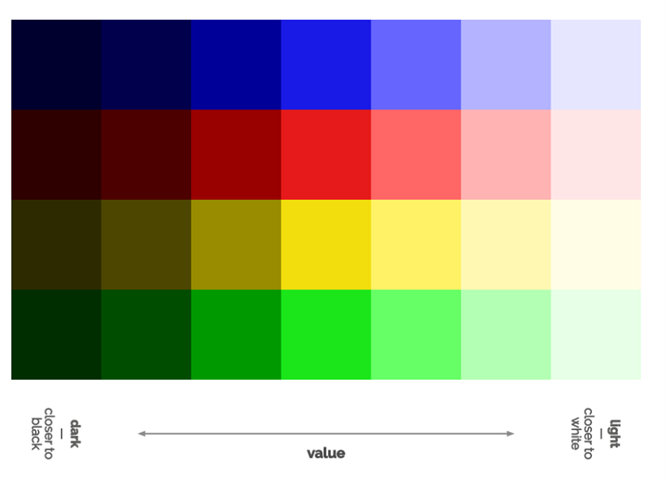The science behind colour analysis
- Ana Silva

- Jun 4, 2024
- 2 min read
In the post What is Colour Analysis I talked briefly about the process and why it exists. Finding the colours that flatter you the most is a really interesting process, and it will help you saving money and time when shopping, besides looking your best and making assertive choices.
On this post I want to go a little deeper into the science behind colour analysis and the dimensions of colours.
How exactly colour analysis work?
You have a natural colour palette, which is manifested in your skin, eyes and hair. The aim of seasonal colour analysis is to identify this natural colour palette and to match it to one of the twelve colour seasons.
How do we do that?
We do this by evaluating your natural colouring along three colour dimensions:
Hue
Hue: Hue simply means what colour it is — blue, green, red, yellow, etc. These hues can have yellow or blue undertones, or both, and that’s the colour’s temperature. The more yellow is added to a colour, the warmer it is. The more blue is added to it, the cooler it is.
2. Value
The value scale tells us how light or dark a colour is. The more black is added to a colour, the darker it becomes. The more white is added to it, the lighter it becomes.
3. Chroma
Chroma is the purity or intensity of the colour. A colour with high chroma is an intense or pure version of that colour, which is also called bright or saturated or vivid. A colour with low chroma is a greyed version of that colour, which is also called soft or muted or dusty. Pure colours are clear and the more grey we add to a pure colour, the more muted it becomes.
The science behind personal colour analysis is to identify your natural colouring (skin tone AND undertone, eyes, hair) on each colour dimension and match these settings to a colour season with similar dimensions.
Based on three colour dimensions, your natural colouring will be a combination of the following and one of the three aspects will turn out to be your primary colour aspect - the most important factor of your colouring:
warm or cool (hue)
light or dark (value)
muted or bright (chroma)
Your colour season will contain the colours that are most similar to your natural colouring and will therefore harmonise with you.
SPRING: warm, light and bright
SUMMER: cool, light and muted
AUTUMN: warm, dark and muted
WINTER: cool, dark and bright
If you are ready to book your session today, you can do it by clicking here. If you are unsure and want to have a chat first, feel free to send me a message!
Yours in style,








Comments